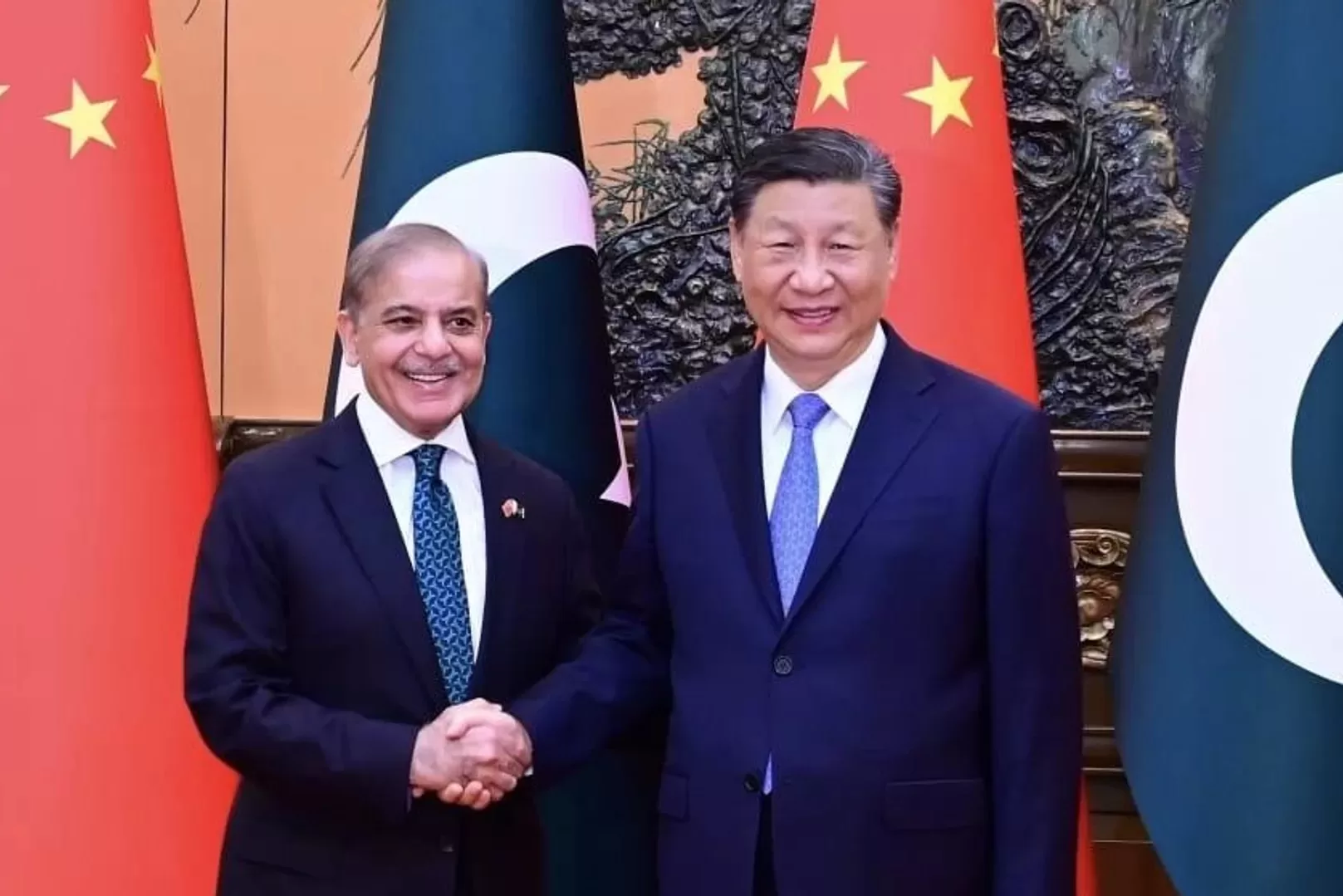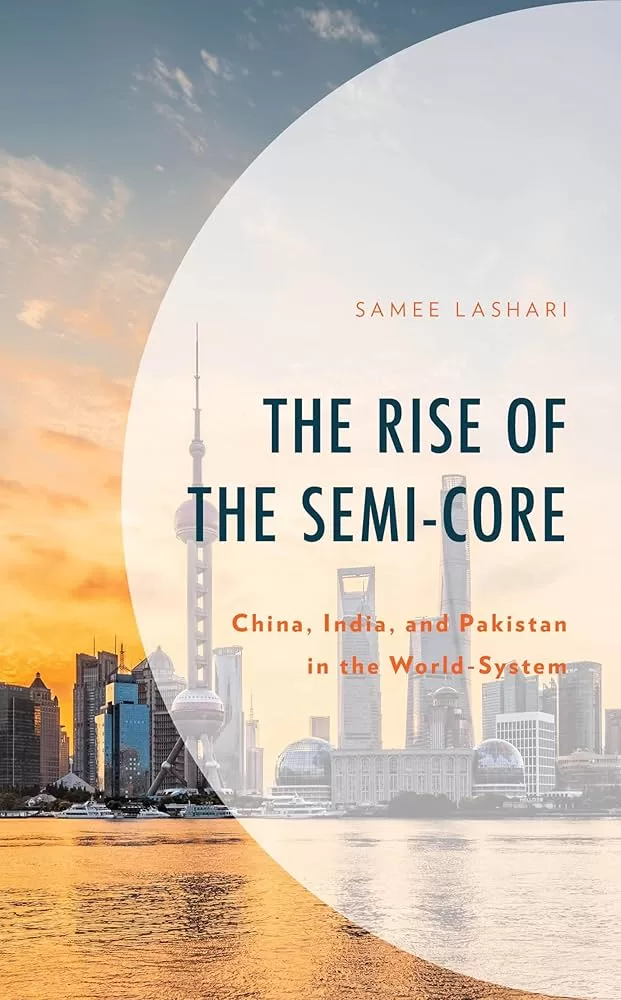The debate on the transforming power dynamics of Asian politics cannot be separated from the emerging economic interconnectedness between China, India, and Pakistan. The leaders of three nuclear powers contain substantial potential for altering the conventional political landscape of Asian power politics, which cannot be divorced from global power politics. Beijing’s recently launched global trading networking plans are a significant factor capable of modifying the traditional patterns of international economic politics, and the states located in different regions have started accepting Beijing as a major trading partner.
In this way, the growing fascination with Beijing’s economic designs has generated specific influential forces, mainly among the key Asian players. Beijing’s decision to launch its global trading networking plans under the Belt and Road Initiative (BRI) and the signing of the Pakistan-China mega corridor project has set off alarm bells among the Indian security establishment. In reaction to this scenario, the leading academic circles of the international community have started expressing their viewpoints on the emerging economic interaction between three neighbouring Asian nuclear powers. The book under review explains the emerging Asian power politics between Beijing, New Delhi, and Islamabad and the role of the capitalist history of these states. The book’s discussion comprises an incomparable set of analyses regarding the changing power dynamics of South and East Asian regions, where the roles of three states are explained in the book’s four chapters with the support of specific theoretical descriptions mainly developed by Immanuel Wallerstein. Additionally, Andre Gunder Frank, Hamza Alavi, Giovanni Arrighi, and Christopher Chase-Dunn’s intellectual comprehension are highlighted as the prominent conceptual descriptions to support the book’s central argument (p. 13).

The book’s author, Samee Lashari, tries to provide an exceptional description of the trilateral geoeconomic interaction between Asian powers and the growing complexities of their changing positions in the region concerning the explicit transition from peripheral or semi-peripheral to an emerging semi-core. Samee Lashari is an American Fullbright scholar who is professionally attached to South Texas College and has a PhD from Northern Arizona University.
Based on an incomparable academic background linked with the University of Texas Rio Grande Valley and Texas A&M University, Lashari has earned the status of professor at Houston Community College parallel to developing expertise on South Asian regional power politics. Akin to his remarkable academic publications, his recently published book discusses the changing roles of Beijing, New Delhi, and Islamabad in the contemporary international system. It is an intellectual effort to underline the combination of economic and strategic competition in forming the changing power patterns of wider Asian politics. The fresh perspective on the growth of the South Asian regional sub-system under the broader Asian power politics is a glimpse of Lashari’s intellectual insight, which endeavours to portray a different picture of Chinese emerging influences on its neighbouring nations where India and Pakistan are Beijing’s main concentrations. In addition to emphasizing the growing cooperative trading designs between South and East Asian regions, the book focuses on the history of Asian economic collaborations at the bilateral and multilateral levels. It also considers the conflicted Sino-Japanese and Indo-Pak historical rival interactions as a major challenge in the region, which provides sufficient space for foreign interventions.
In this way, the book’s primary debate is divided into four chapters, and every chapter endeavours to cover a separate topic respectively. In addition to a comprehensive introduction and a brief conclusion, the first chapter provides a conceptual understanding of the book’s main theme. However, the rest of the three chapters mention the positions of China, India, and Pakistan in the changing Asian power dynamics under the shadows of great power politics. The arguments in three chapters concerning the positions of three states in the global geoeconomic landscape of the world comprise a detailed and comparative analysis of the three nations, each with distinct trajectories but inseparably interconnected by certain regional and global forces.

In this scenario, the Indian conflicted ties with neighbouring China and Pakistan, and its close strategic collaboration with the United States adds a brief layer of competition between New Delhi and Beijing. Islamabad’s multiplying trading tendencies with neighbouring Beijing also intensified New Delhi’s anxieties about China’s economic rise. These regional rivalries are undeniably linked with the emerging global economic structures, which offer the book’s readers a concise understanding of how the mainstream leaderships of three states are navigating the complex web of global capitalism while managing their internal and external (regional) challenges.
Based on the abovementioned description, the book offers a scholarly investigation of three countries’ shifting geopolitical and geoeconomic attributes. These attributes function within global power politics while impacting the internal dynamics of China, India, and Pakistan. China is treated in the book as a significant player capable of challenging the conventional economic patterns of international trade. In contrast, India is treated as an ambitious state for implementing its balancing actions in the Asian region in parallel with achieving its geostrategic objectives. Furthermore, Pakistan is considered by the author as an important actor in this power game due to its geopolitical leverage in the region, which is linked to its multifaceted bilateral engagements with China. So, Beijing’s economic support for Islamabad has augmented Islamabad’s position in the rising economic competition of the world, as per the analysis of the fourth chapter.
In this way, the academic communities and students of world politics, international relations, and political economy can find this book a valuable insight into a complex interplay of regional and global forces originating from the three states being capable of shaping future international trade patterns. The people interested in studying the transition of the international system from a unipolar to a multipolar world could find this work appealing due to its emphasis on the rise of a China-centric world economic order containing substantial potential for redefining the nature of international trade. In this context, Lashari’s intellectual effort validates the increasing significance of the global South and the empowering roles of its key players in reshaping the traditional geoeconomic fabric of the world system.





